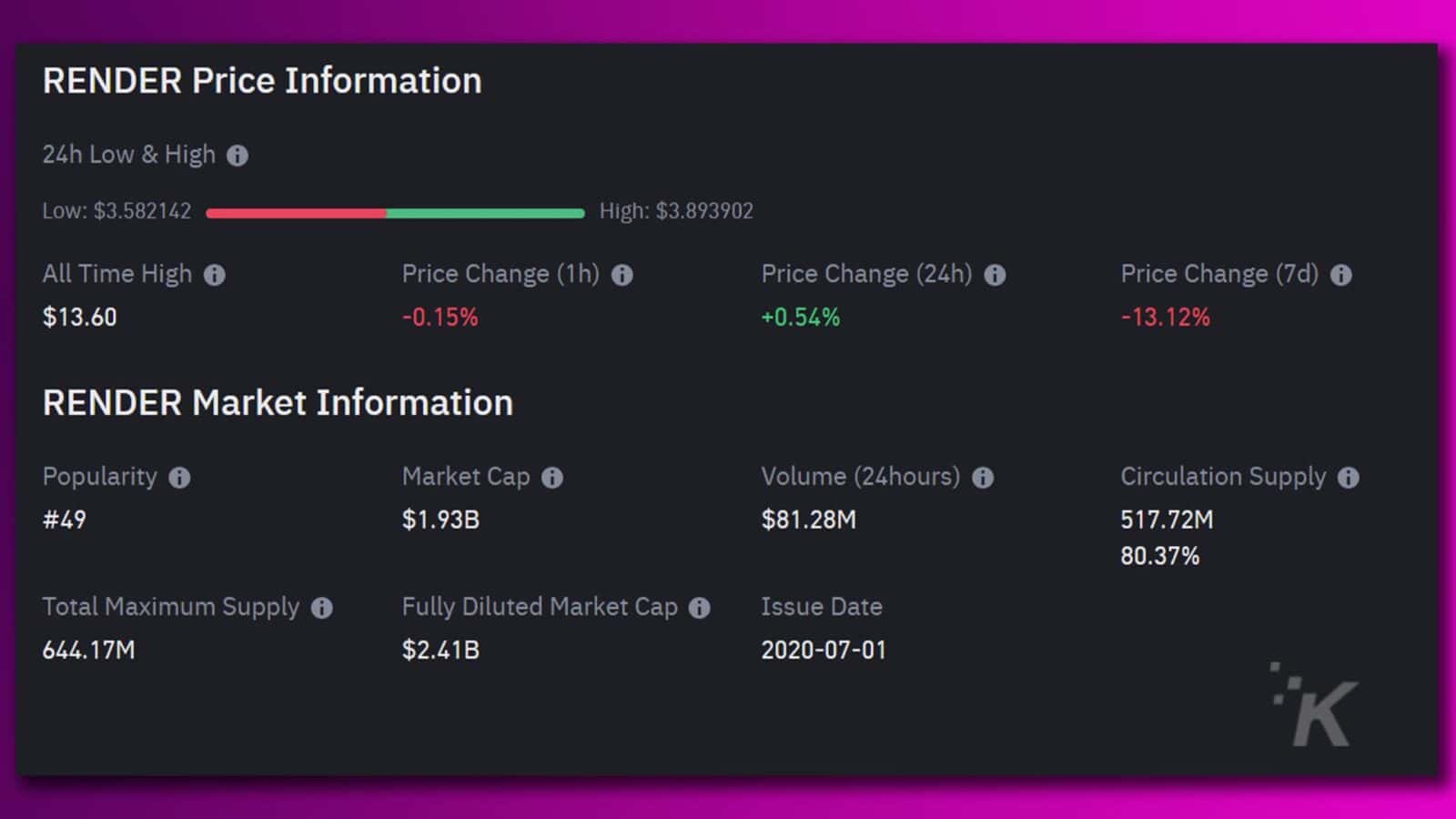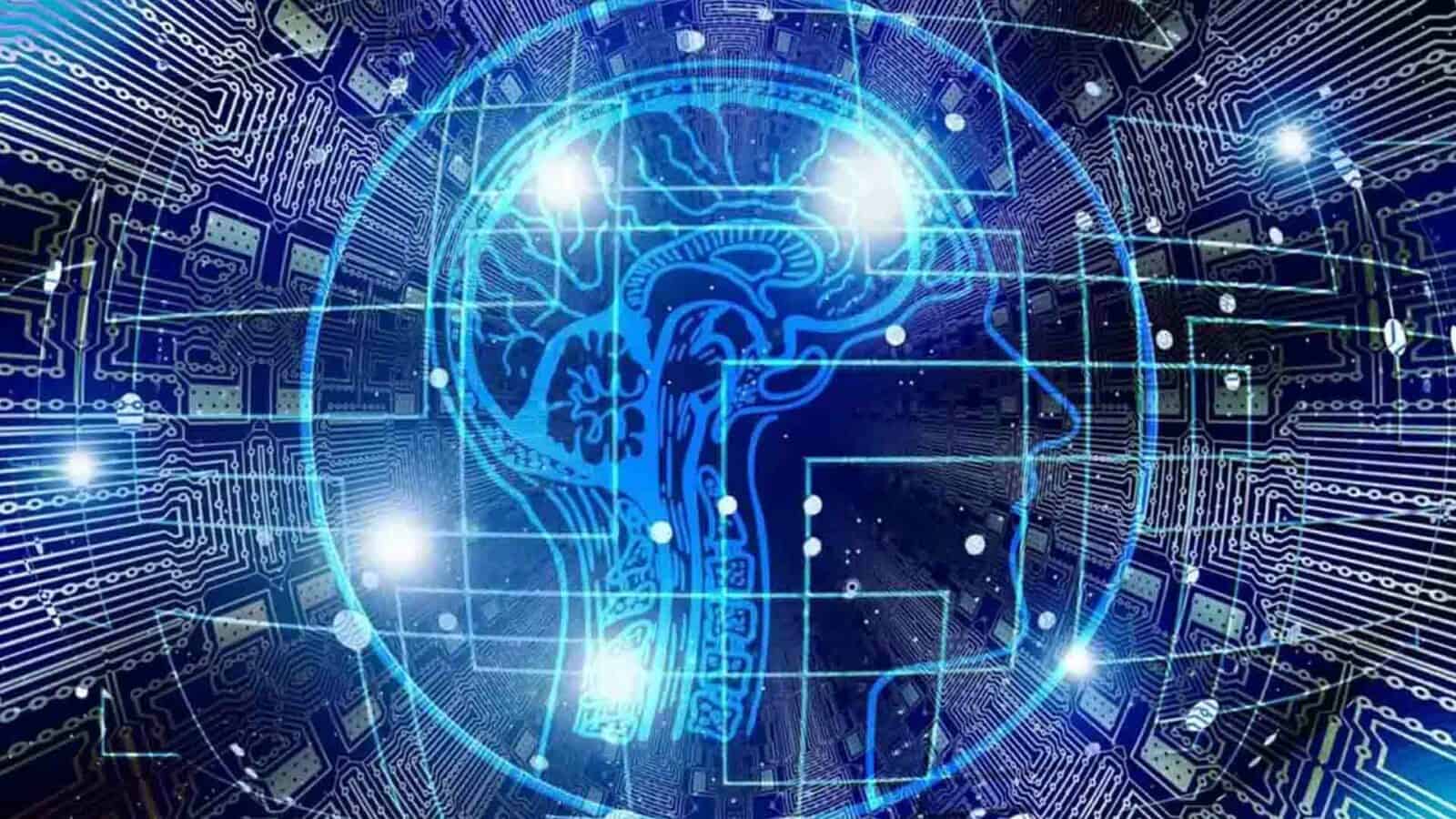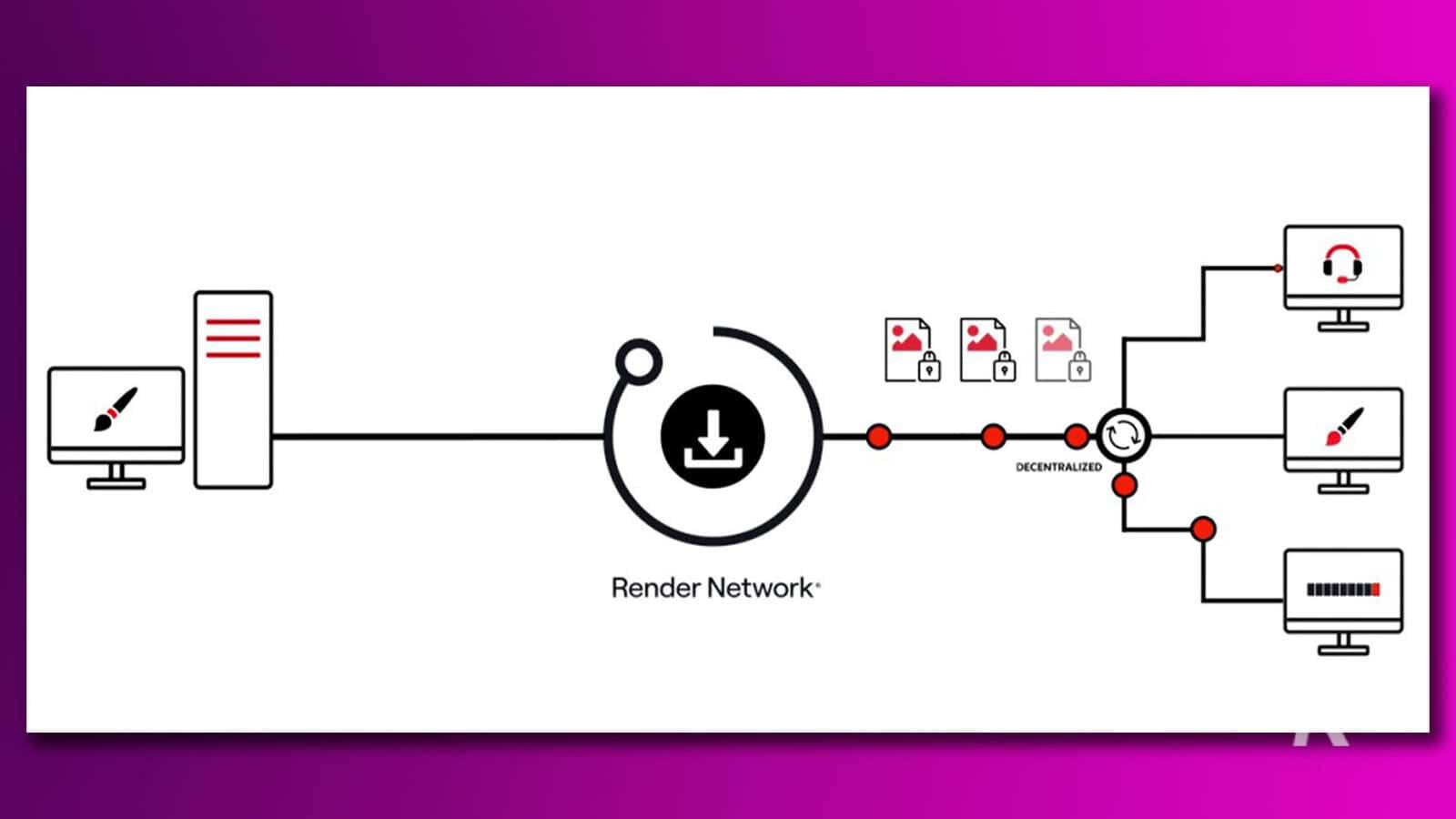Sponsored
Exploring Render Network’s growing impact in 2025
Render Network is a blockchain-based distributed GPU rendering network that enables users to monetize their idle GPUs in exchange for payment, making high-performance computing more accessible and affordable.

Just a heads up, if you buy something through our links, we may get a small share of the sale. It’s one of the ways we keep the lights on here. Click here for more.
The demand for GPUs has never been higher. Yet, as graphics processing unit prices continue to rise, not everyone can afford the expense of acquiring one for professional work.
This growing need for cost-effective computing power has paved the way for innovative solutions like Render Network.
Render Network addresses this challenge through its blockchain-based distributed GPU rendering network.
It powers a compute marketplace where users can monetize their idle graphics processing units in exchange for payment.
In turn, creators and businesses can rent this computational power to render their resources without investing in expensive hardware.
This model effectively bridges the gap between GPU demand and supply, making high-performance computing more accessible and affordable.
The rise of generative AI and machine learning models has significantly increased the demand for Render’s services. This surge in interest is reflected in the performance of RENDER, the network’s native token.
Since its launch, RENDER’s price has skyrocketed, boasting an all-time ROI of over 7600%, even after the recent price drop in 2025.
According to Binance data, RENDER ranks as the 44th top cryptocurrency with a $1.89 billion market cap and nearly $74.26 million in daily trading volume as of February 27, 2025.1

However, Render’s applications extend far beyond AI, revealing its potential across various industries.
Render and the rise of generative AI
Render Network has positioned itself as a critical player in the AI and machine learning space. In August 2023, the blockchain GPU ren1dering network introduced support for these technologies through the RNP-004 proposal.
This update rolled out an API for external clients to access computing power within Render’s ecosystem, allowing the network to capitalize on a rapidly growing trend and contributing to its impressive all-time ROI.
Generative AI and machine learning are transforming productivity worldwide.
According to recent reports, 50% of software and financial sector employees use artificial intelligence tools weekly, while 65% of organizations report regular use of generative AI in at least one business function.
OpenAI’s ChatGPT, for instance, reached an astonishing milestone of 300 million weekly active users in December 2024, showcasing the rapid adoption of generative AI tools.
However, running AI models requires massive computational power. GPUs play a crucial role in training and operating complex AI models because they can efficiently handle parallel processing.
As the adoption of generative AI continues to accelerate, the demand for graphics processing units has surged to unprecedented levels.
Leading GPU manufacturer Nvidia reported an impressive 126% growth in revenue for fiscal year 2024, reaching $60.9 billion, largely driven by the AI boom.
In the first quarter of fiscal year 2025, the company’s revenue hit $26 billion, up 262% year-over-year due to “strong and accelerating demand for generative AI training and inference,” as noted by CEO Jensen Huang.
With GPU sales reaching $100 billion in 2024, the demand for AI-capable hardware is soaring.
This soaring demand, however, comes with its own set of challenges. Rapid growth could lead to GPU shortages, pushing hardware prices even higher.
Render’s distributed GPU rendering network provides a viable solution by enabling professionals to rent computing from those with idle GPUs.
This decentralized model expands accessibility to graphics processing units, bridging the gap between demand and supply.
Beyond AI and ML

Render Network’s utility extends beyond AI and machine learning, catering to a broad range of industries, including film, animation, advertising, marketing, gaming, architecture, and more.
Its blockchain-based GPU rendering solution is versatile and adaptable, meeting the needs of diverse creative and technical fields.
For example, in the gaming industry, developers can offload demanding rendering tasks to Render’s node operators, leveraging external computational power instead of relying solely on internal resources.
Similarly, architects, researchers, marketers, advertisers, designers, filmmakers, and animators can tap into Render’s network to optimize operational costs, enhance speed and efficiency, and access GPU power on demand.
Simultaneously, individuals and organizations with idle GPUs can join Render’s network as node operators, monetizing their hardware by renting out computational power to creators.
This model not only generates new revenue opportunities but also promotes more efficient use of graphics processing units, minimizing waste and maximizing productivity.
Render’s role in the GPU market in 2025 and beyond

The demand for GPU power shows no signs of slowing down, particularly with the rapid rise of generative AI, machine learning, and other computationally intensive applications.
Render Network offers a scalable and cost-effective solution by decentralizing access to GPU resources.
Therefore, by enabling users to rent GPU power rather than purchasing expensive hardware, Render helps democratize high-performance computing while optimizing the utility of idle GPUs.
As the need for AI-capable hardware continues to grow, Render Network’s distributed GPU rendering model presents a promising alternative to traditional GPU procurement.
It not only alleviates the pressure on global GPU supply chains but also fosters a more sustainable and efficient ecosystem for computational power.
Render’s ability to bridge the gap between supply and demand positions it as a crucial player in the evolving GPU market.
As generative AI and machine learning applications continue to expand, Render Network’s decentralized approach could prove indispensable for industries seeking flexible and scalable access to high-performance computing resources.
Have any thoughts on Render Network? Drop us a line below in the comments, or carry the discussion to our Twitter or Facebook.
Editors’ Recommendations:
Disclosure: This is a sponsored post. However, our opinions, reviews, and other editorial content are not influenced by the sponsorship and remain objective.



































